I have a confession: I have never celebrated Earth Day. That may sound almost sacrilegious for a conservation writer to admit, I know. And perhaps it’s more accurate to say I don’t celebrate it in the usual way: going to a festival or concert with some “green” theme. It’s never really been my scene.
Instead, I’ll go for a walk, look for the local birds and wildflowers, hopefully write something about nature and certainly read about it. But that’s pretty much how I spend every day.
“Biodiversity” is one of those terms that gets said a lot on Earth Day. As a concept, I’m not sure it connects to many people. For me, the diversity of life on Earth is not only why I’m a conservationist, it’s one of the main motivators of my life. I am endlessly fascinated with the endless array of life, all around us. For me, the best way to experience biodiversity is to be out there with the wild things, exploring and observing.
But my explorations have always been made richer through reading. And for this book review, I offer a selection of books that celebrate different aspects of biodiversity and conservation, including species often overlooked and even reviled. I hope you enjoy them, and that they inspire you to get out and celebrate our planet’s diversity – not just on Earth Day, but every day of the year.
-
In Search of Mycoptopia
By Doug Bierend
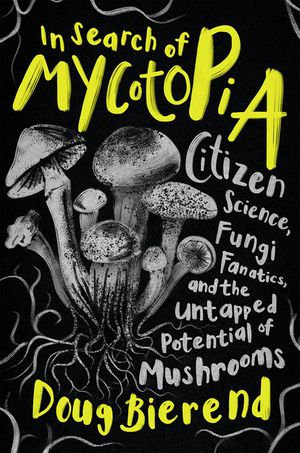
As journalist Doug Bierend writes, “Whether we know it or not, our daily life is rife with fungal encounters.” Despite the fact that fungi are central to life on the planet, these organisms are often ignored – even among Earth Day-loving environmentalists and scientists. But Bierend’s book doesn’t present that as a crisis, but rather an opportunity. An opportunity for often-marginalized, radical and creative people to explore the seemingly endless possibilities presented by the fungal kingdom.
And there are endless possibilities. Bierend offers a highly readable account of people exploring those possibilities – cultivating fungi to take back local food systems, researching ways fungi can reclaim degraded or abused landscapes, undertaking citizen science to document fungal diversity and fostering fungi as a way to shape more equitable and inclusive communities.
Bierend immerses himself into the world, spending time with fascinating characters, from anarchists growing food in basements to amateurs making new discoveries to researchers exploring the intersection of mycology and queerness. Through his first-person accounts, he shows that the way to a brighter future is going to involve mushrooms and slime molds. It’s a fun and hopeful read that will give you new appreciation for the fungi all around us – in the forest, in the soil, in our refrigerator.
-
Mosquitoes of the World: Volumes 1 & 2
By Richard C. Wilkerson, Yvonne-Marie Linton, and Daniel Strickman

Mosquitoes are an aspect many of us wish we could ignore. They are pests, and dangerous ones: the diseases they carry make them arguably the most dangerous animals on earth. There are more than 3,500 valid species of mosquitoes, and there is still a lot we don’t know about them. But what we do know about them…well, you’ll find it here.
Johns Hopkins University Press produces some of the most comprehensive nature references, and this is certainly no exception. It is the magnum opus on all things mosquito. Written by leading mosquito experts, the book covers the biology, evolution, ecology, and diversity of all known species of the world’s mosquitoes.
At more than 1,000 pages, this is not a fireside read. But if you’re a health expert or entomologist, the in-depth information is invaluable. And if you just have a penchant for references, this may be one of the most eye-catching sets on your shelf.
-
My Double Life: Memoirs of a Naturalist
By Frances Hamerstrom
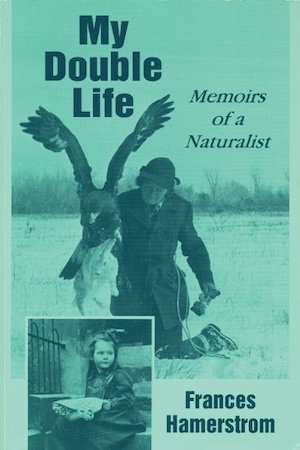
From the time she was a child, Frances Hamerstrom had her neat, tidy, comfortable future laid out before her. But faced with a life of domesticity, she rebelled and took to the woods. She became Aldo Leopold’s only female graduate student that in turn led to a life researching prairie chickens and other wildlife.
On Earth Day, it’s popular to remember conservation heroes. But it is usually a limited list. There are many other conservation greats well worth celebrating, like Hamerstrom. She lived a life in nature, on her own terms, despite societal expectations. And what a life. This is a wonderful adventure, from her free-roaming childhood to her adult years in ramshackle farmhouses on the prairie.
-
The Field Herping Guide
By Mike Pingleton & Joshua Holbrook
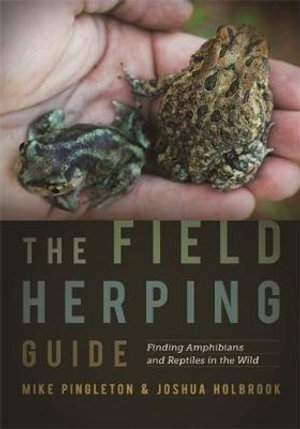
This is a comprehensive guide to herping, the recreational activity of finding reptiles and amphibians. It’s a how-to book, yes, but it’s also entertainingly written and filled with beautiful photographs. I wish every nature activity had a guide like this.
The authors walk the reader through every aspect of herping, including techniques, ethics, citizen science, safety, photography and more. I picked up this book and read it cover to cover. As a field naturalist, I appreciated the tips on how to find cool wildlife. But more, I was swept up with the authors’ enthusiasm and passion for the activity. There was no self-importance, just pure joy at searching for reptiles and amphibians.
I enjoy seeing and identifying these animals in the wild (I received my first Peterson’s reptile guide when I was ten years old). But this introduced me to the subculture of field herping, an activity of flipping debris and cruising roads for snakes. This could get you started in a fun new hobby, but it is also just a great work of nature writing.
-
Wild Nights Out
By Chris Salisbury
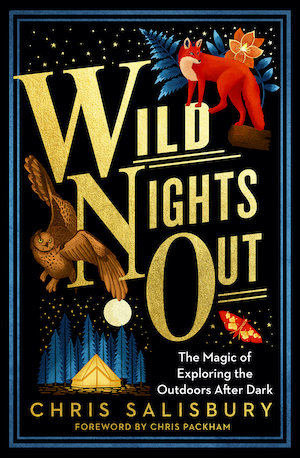
Some of the most interesting creatures prowl only at night, but how do you observe them? Like many nature activities, wildlife spotting at night is a skill you can learn with practice. Chris Salisbury is the perfect guide to nocturnal nature activities, and he thinks it’s perfect for families and school groups.
While this book has a United Kingdom focus, the tips and information apply wherever you might want to explore the night. Salisbury includes tips for seeing wildlife and for stargazing, all useful. I especially appreciate that he recognizes that getting attuned to the dark takes practice, particularly for youngsters. And to learn those skills, he has a section of night games to train your senses to function at night. It’s a perfect resource for parents, teachers and camp leaders who want to lead their own night safari.
-
The Reindeer Chronicles
By Judith Schwartz
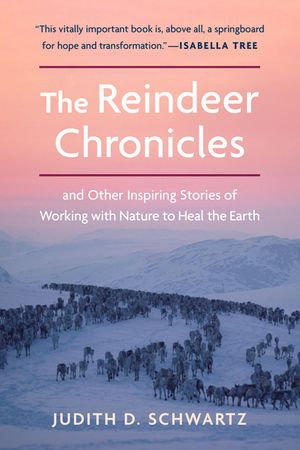
Perfect for the spirit of Earth Day. It showcases efforts, large and small, where people have made a genuine difference for the planet.
The news about the environment is often gloomy, as environmental reporter Judith Schwartz is well aware. The scale of the problems can lead to feelings of doom, the sense that nothing can be done. But here Schwartz parts company with many environmentalists. She sees examples around the globe of people taking action, not just speaking out against something but actually playing active roles in repairing the earth.
This book tells stories of restoration at all scales, “from a small plot between sidewalk and curb to areas large enough to be labeled on a world map.” She spends time with people who, faced with seemingly insurmountable challenges, look to nature for solutions. Rather than wait for the perfect conditions, they experiment, reach out to neighbors (sometimes, hostile neighbors) and shape better futures.
As Schwartz notes, “Earth repair is a participatory sport.”
I especially appreciate that Schwartz reaches beyond the usual conservation narratives. While she recognizes that governments and large organizations have important roles to play, many of the stories are about individuals and communities who develop creative solutions. She demonstrates how traditional Indigenous knowledge often holds important keys to sustainability and food security, as with the Sami herders who show how more reindeer on their homeland can offer a more climate-resilient future.
There are a lot of ideas in this well-reported book for conservationists to ponder. And it may well inspire you to begin a bit of restoration on your own, perhaps in your backyard or nearby vacant lot.
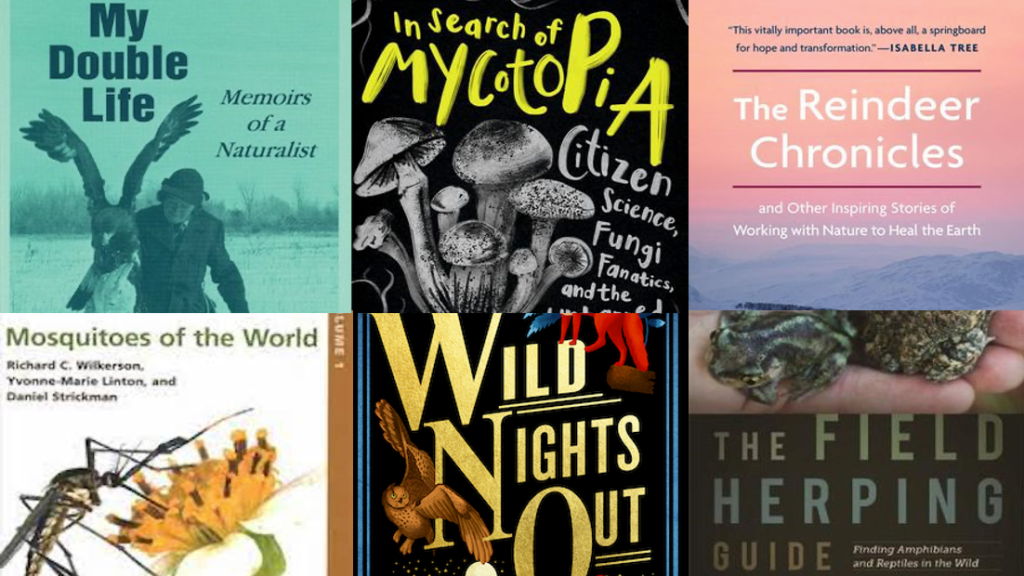



Thanks for these recommendations, Matthew. You always have good things to say and say them well. As a fellow nature writer, I encourage you to keep up the good work on Earth Day and every day! I celebrate it the same way you do.